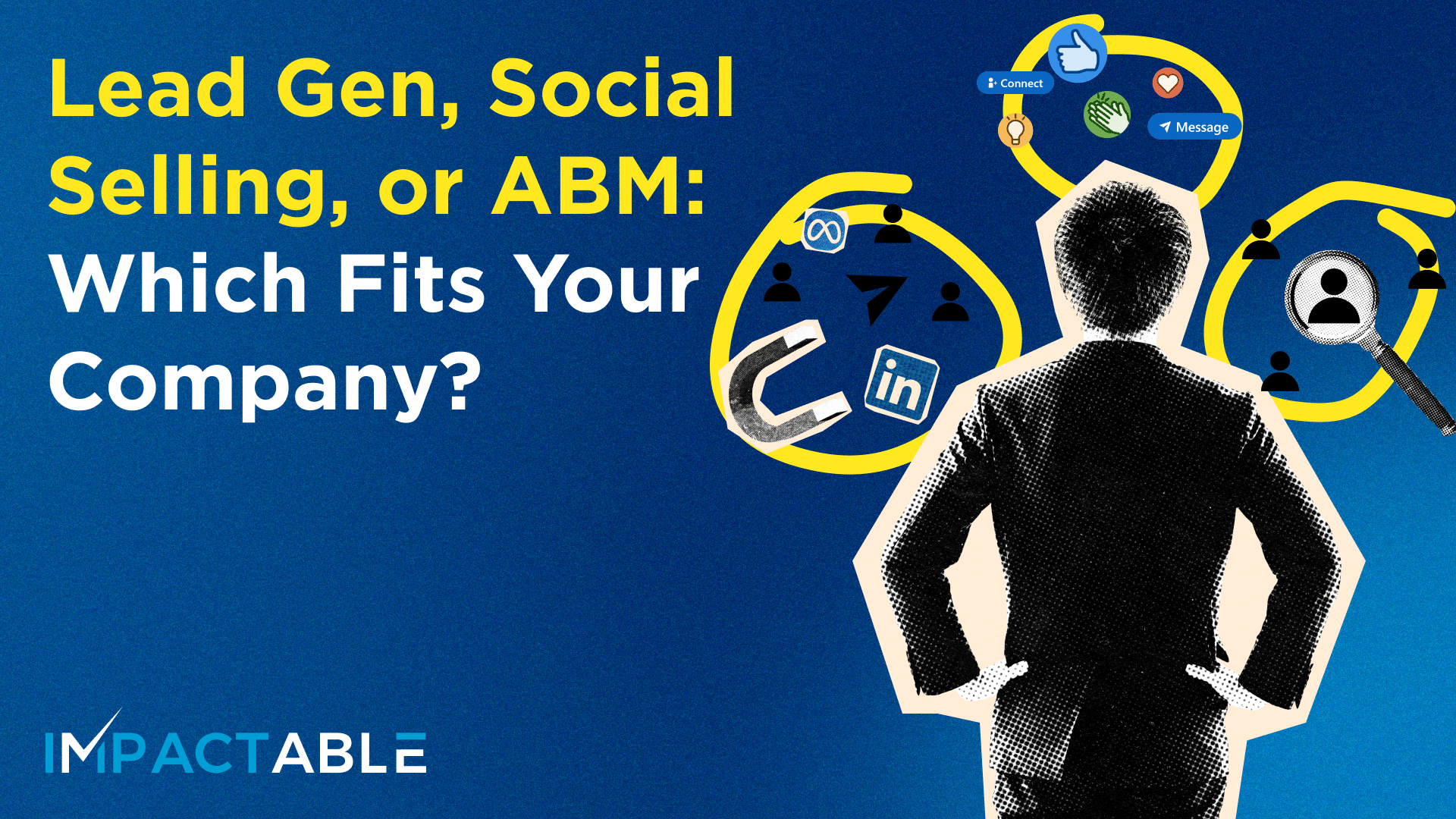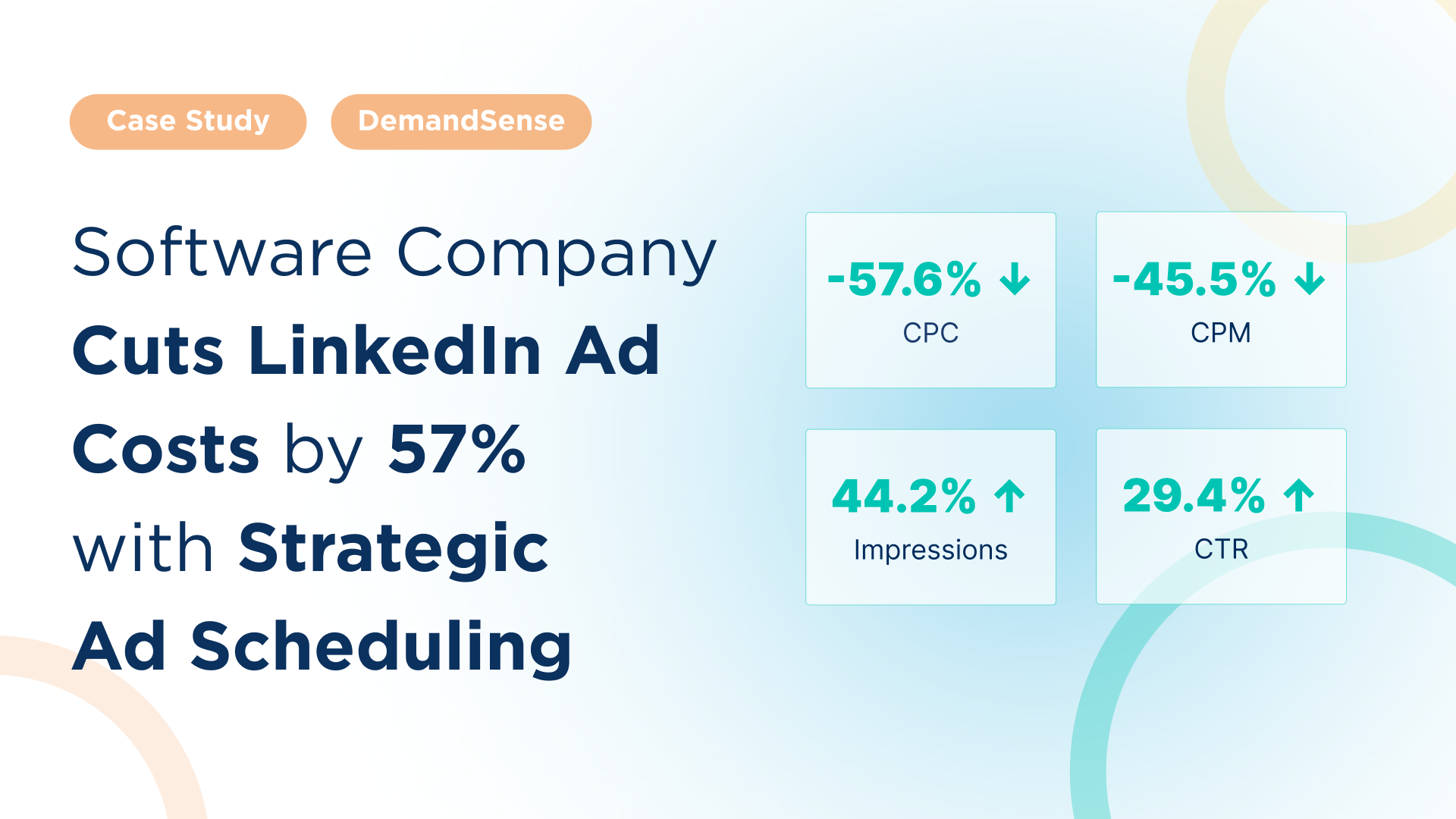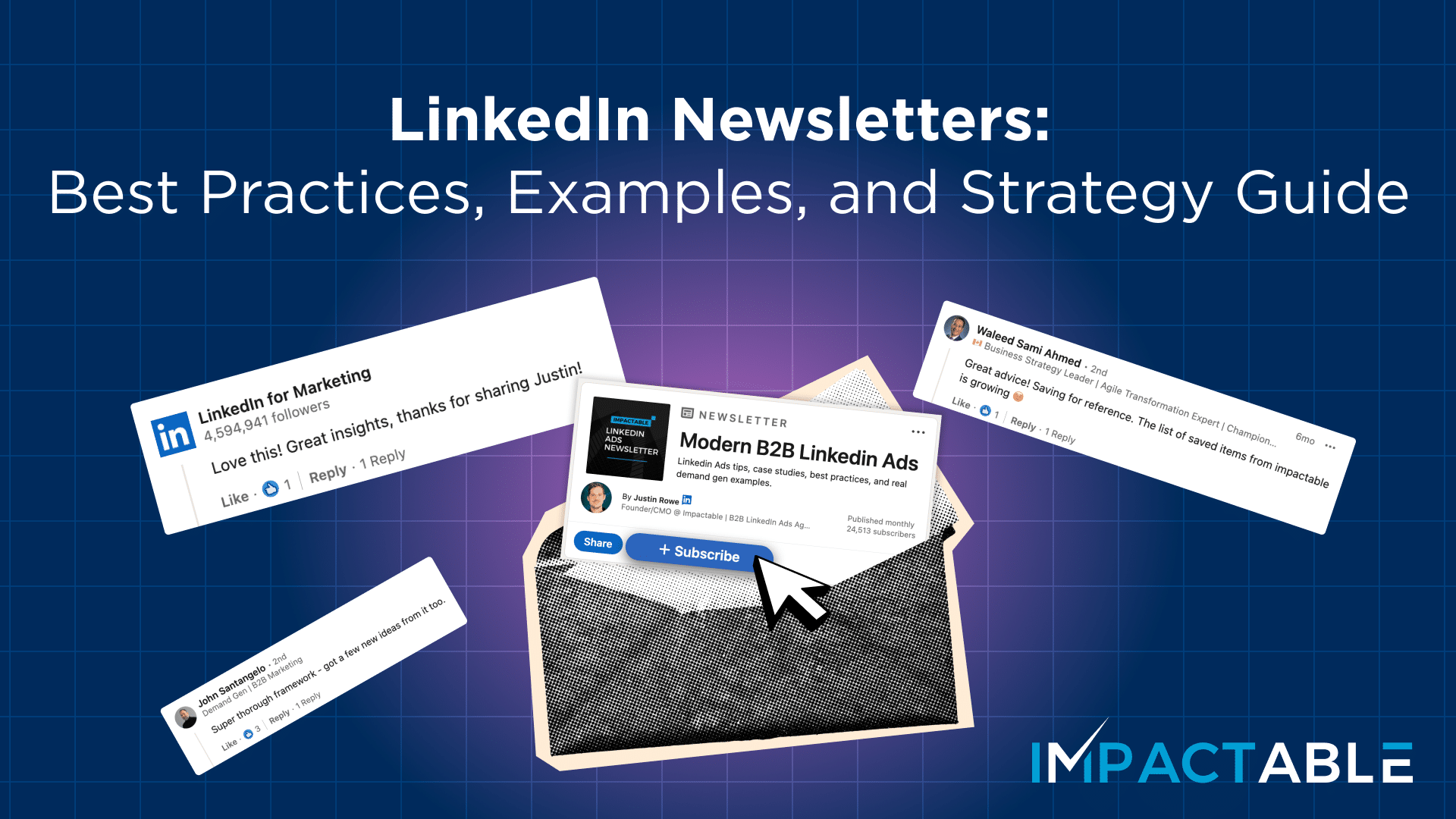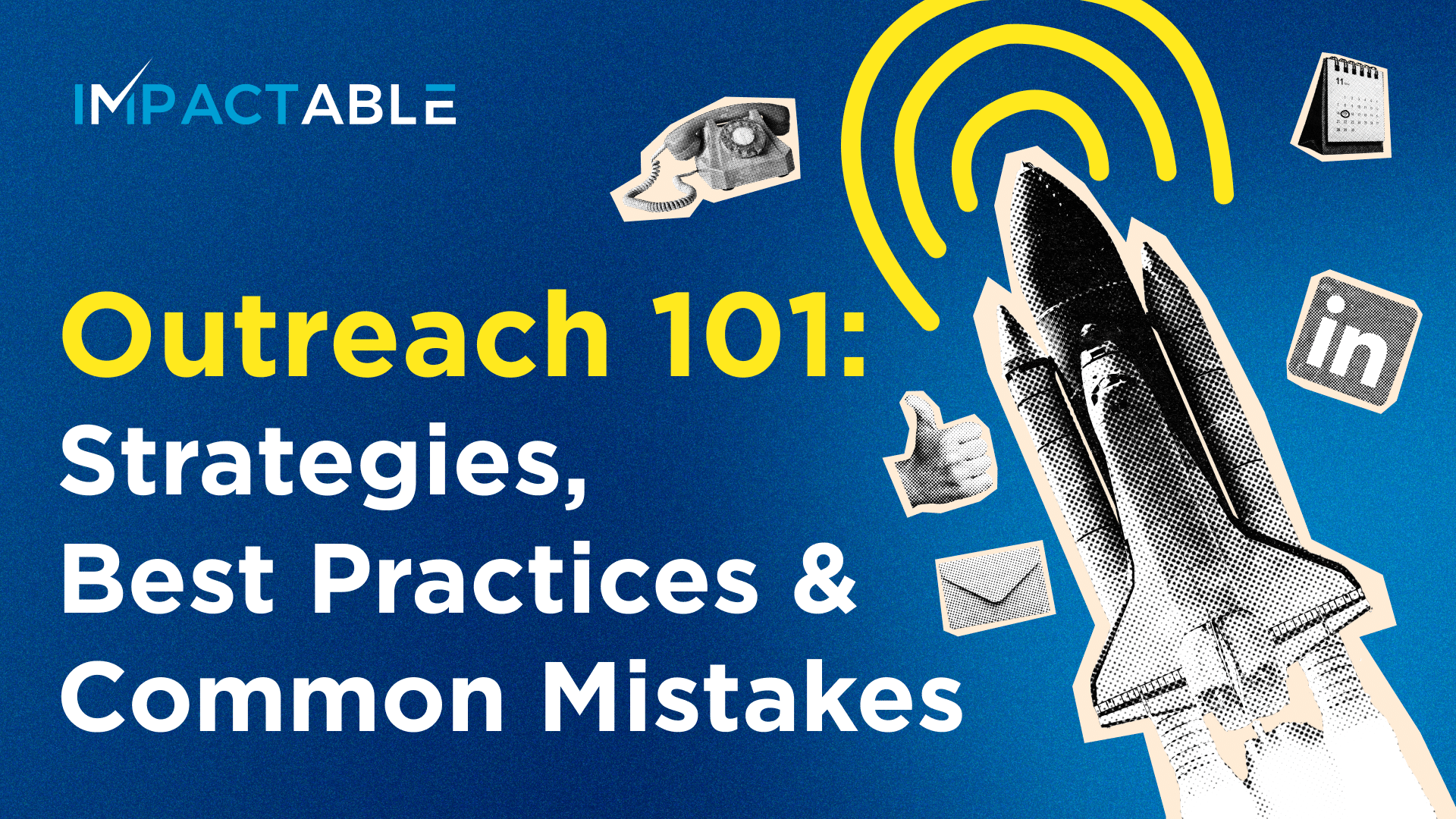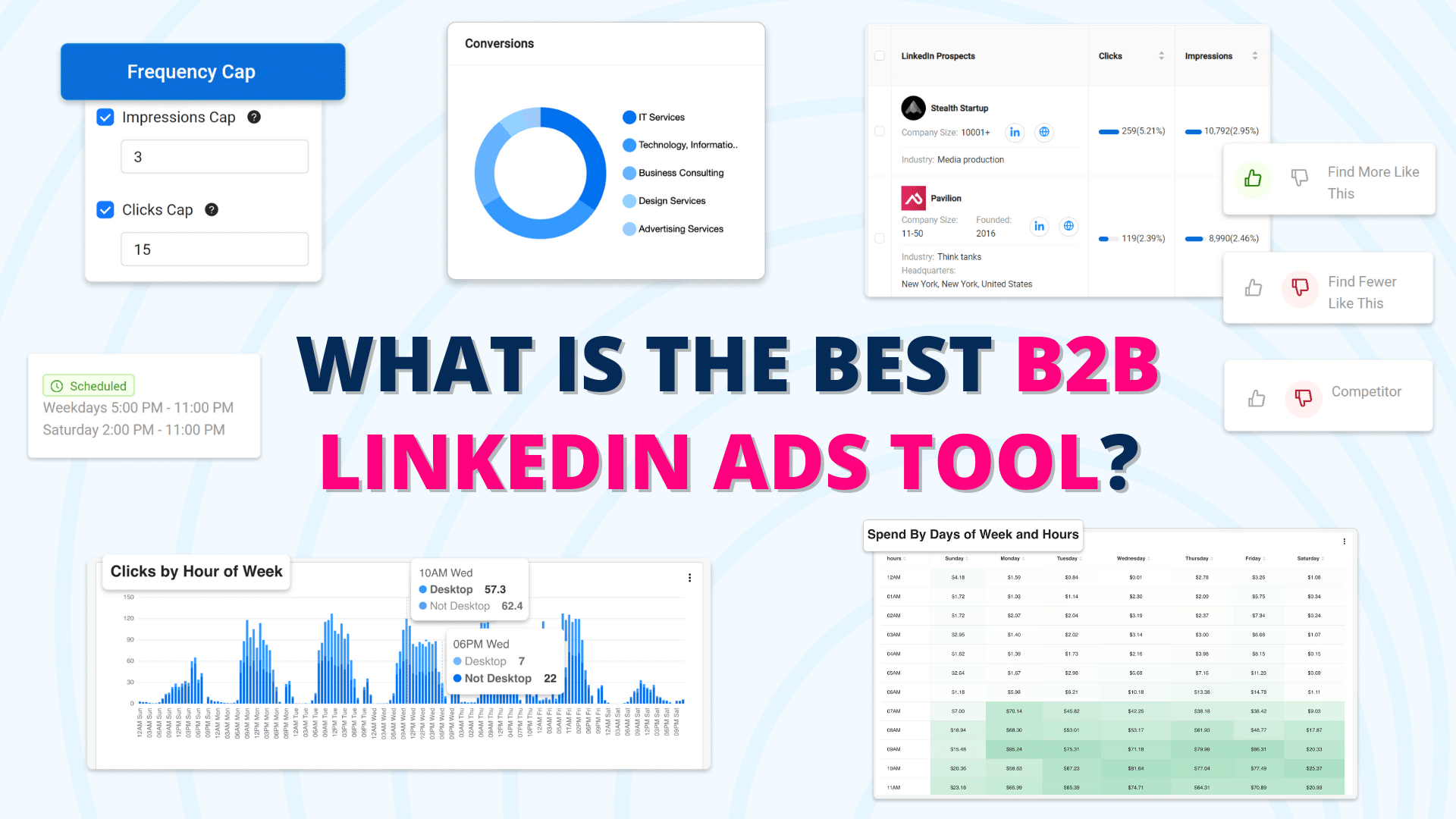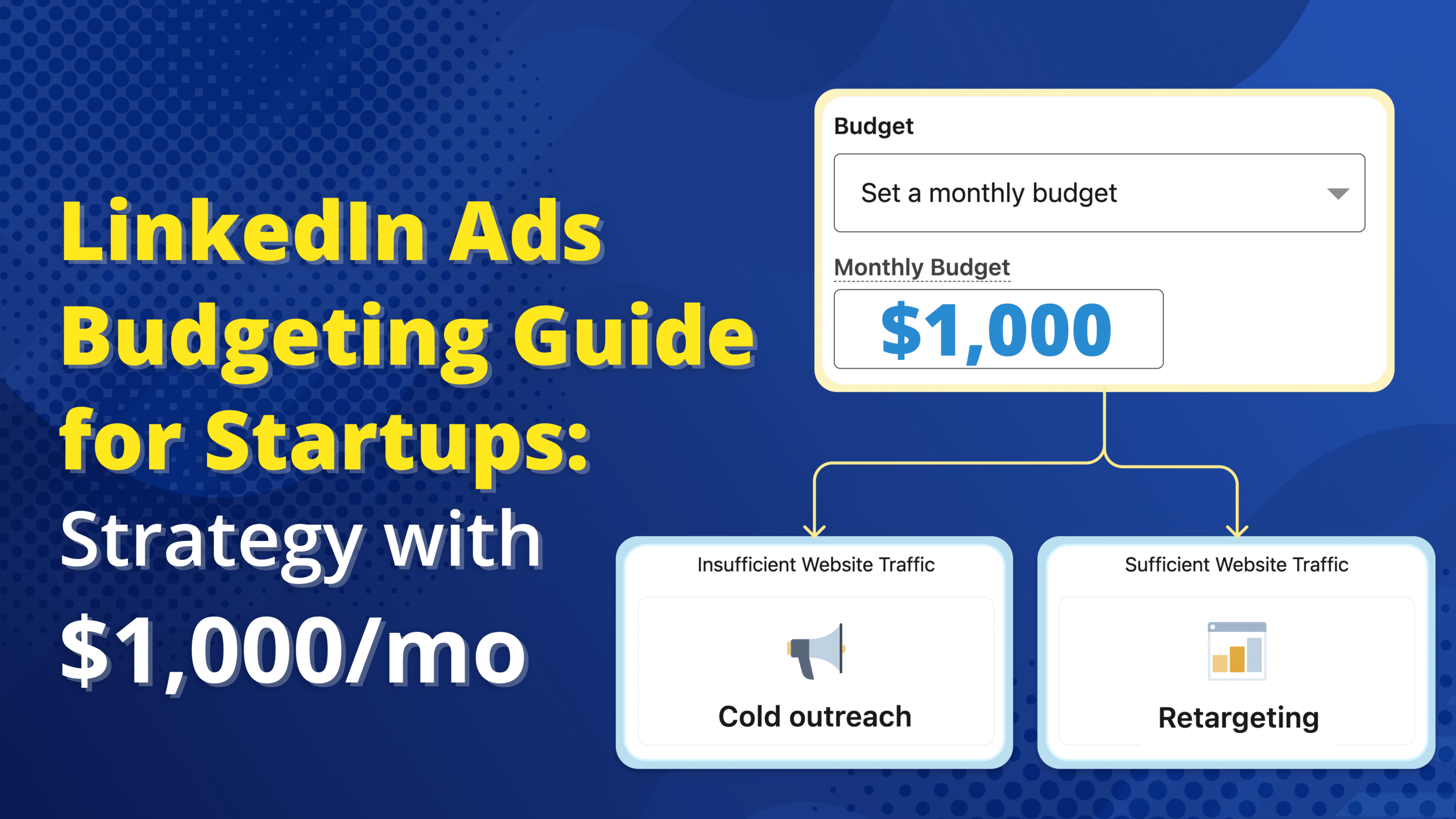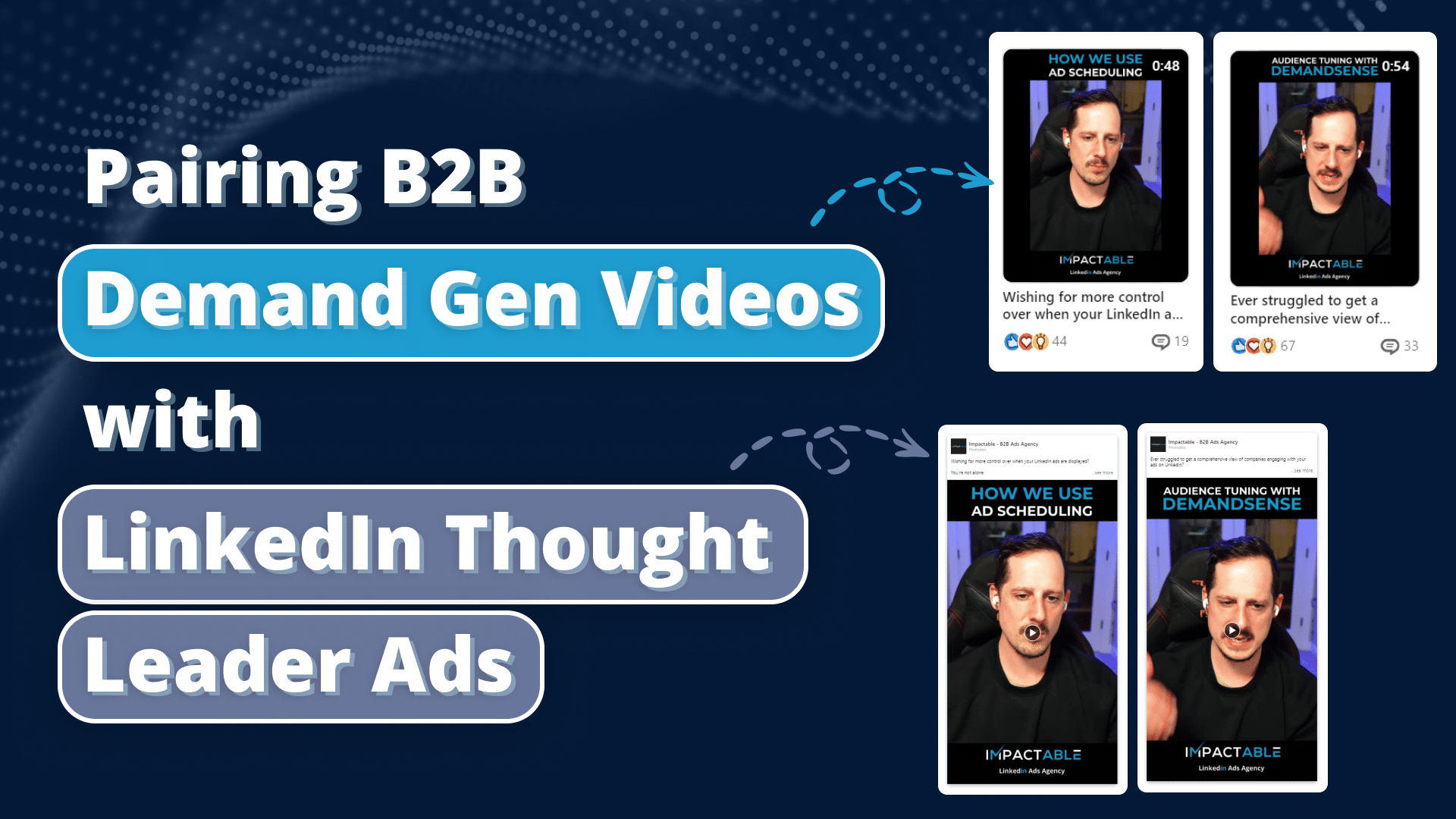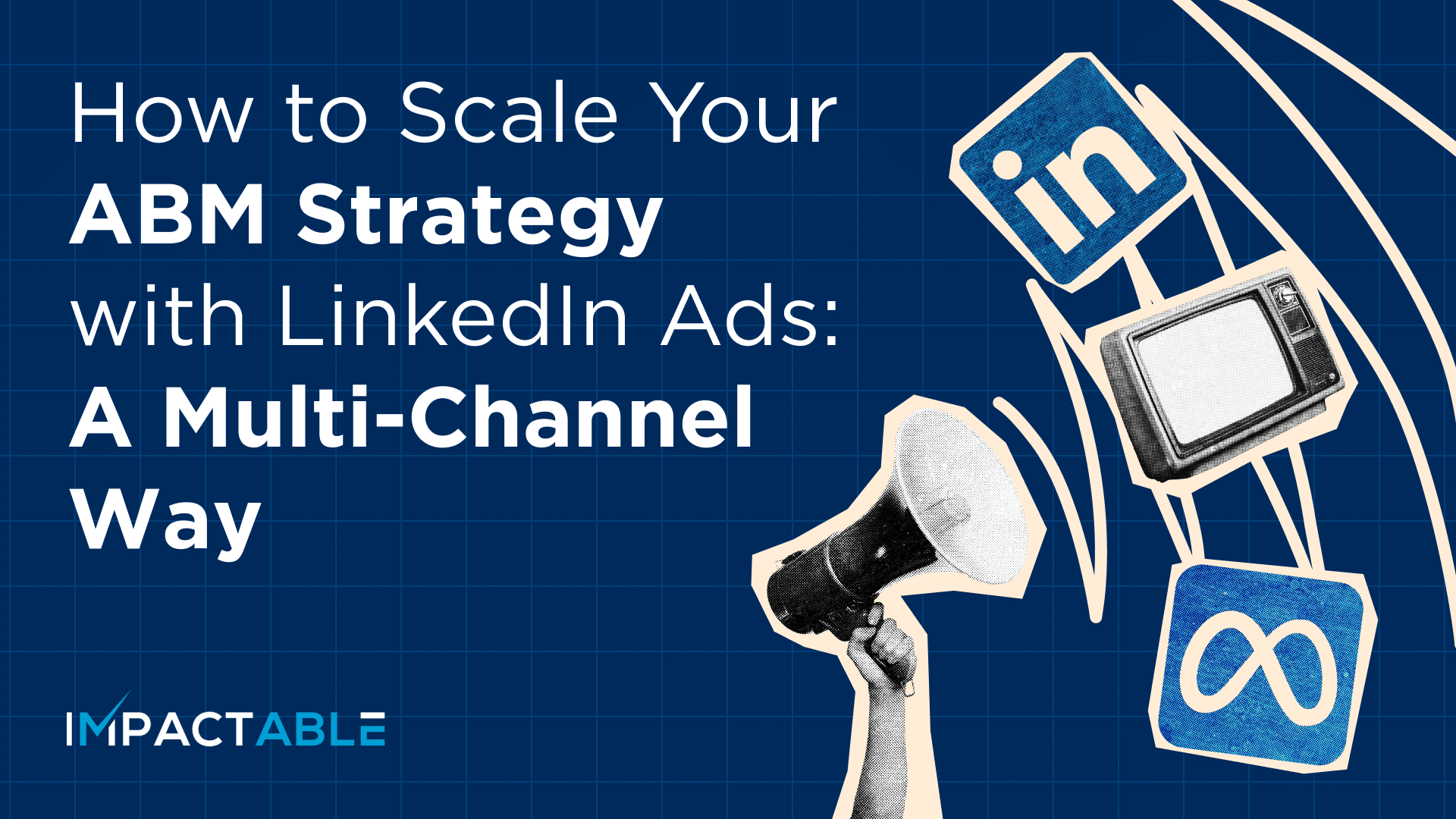Some teams chase clicks. Others build relationships. And some zoom in on just a handful of accounts that really matter.
With all the outreach options out there lead gen, social selling, ABM it’s easy to get stuck wondering which one actually works. And more importantly, which one works for you.
Do you cast a wide net or go deep with a few high-value targets? Should your sales team be writing cold emails, posting on LinkedIn, or teaming up with marketing to personalize every touchpoint? The truth is, there’s no one-size-fits-all playbook but there is a right fit based on how your buyers behave and what your team can actually support.
This post breaks down the core differences, strengths, and trade-offs between these three approaches, so you can figure out which one fits your goals, your team, and your sales process.
What Are We Comparing?
Before we dig into which outreach strategy is the best fit, let’s quickly define what each one actually means.
Lead Generation
This is your high-volume approach. It’s about attracting potential buyers from a wide audience using tactics like cold emails, paid ads, landing pages, and forms. The goal is to capture interest and turn it into leads fast.
Social Selling
This one’s all about relationships. Instead of blasting offers, you’re building trust through content, conversations, and consistent visibility mostly on platforms like LinkedIn. It’s a slower play, but it helps you stay top-of-mind when buyers are ready.
Account-Based Marketing (ABM)
ABM flips the funnel. Instead of marketing to a crowd, you’re focusing on a specific list of high-value accounts. Sales and marketing work together to create personalized campaigns that speak directly to the needs of each account.
To help you decide which outreach approach fits your goals, here’s a quick comparison of Lead Generation, Social Selling, and Account-Based Marketing (ABM). Each method has its strengths, depending on your priorities, like speed, scalability, relationship depth, or deal size.
Lead Generation
Lead generation is all about getting attention at scale. The goal is to drive as many leads as possible into your pipeline using repeatable tactics like cold emails, paid ads, gated content, and lead forms.
This method works best when you need volume not necessarily depth. It’s often the first step for newer teams who want to build awareness, test messaging, or generate demand without a huge budget.
Common Tactics:
- Cold outreach (email or LinkedIn)
- Paid ads (Google, LinkedIn, Meta)
- Lead magnets (ebooks, webinars, checklists)
- Newsletter or demo sign-up forms
What it’s good at:
- Easy to launch
- Scales quickly
- Low cost per lead (if managed well)
Where it falls short:
- Lead quality can be all over the place
- Lower close rates especially if there’s no follow-up process
- Feels transactional unless you put in the effort to personalize
Best for: Startups, low-ticket offers, new product launches, or any business that needs to build a pipeline fast.
Social Selling
Social selling focuses on earning trust before your buyer is ready to talk. Instead of pushing a pitch, you’re showing up consistently, sharing helpful content, and starting real conversations usually on LinkedIn.
The goal isn’t to close a deal overnight. It’s to build enough familiarity and value that when your buyer is ready, they think of you first. That means posting content that reflects your expertise, engaging with your target audience, and sending personalized messages when the timing feels right.
What it looks like in practice:
- Sharing relevant posts or articles that speak to your buyers’ challenges
- Commenting on posts from your ICP or industry leaders
- Sending thoughtful, personalized DMs (not automated blasts)
- Keeping your profile active and aligned with your value prop
What it’s good at:
- Strong lead quality, you’re building real interest
- Helps with brand awareness, especially if you’re not well-known yet
- Makes your team more visible and trustworthy
Where it falls short:
- Takes time and consistency
- Harder to measure short-term ROI
- Doesn’t scale the same way as lead gen
Best for: B2B companies with longer sales cycles, high-ticket offers, or complex products that require more trust and education before the sale.
Account-Based Marketing (ABM)
ABM is all about focus. Instead of going after a broad audience, you create personalized outreach for a small group of high-value accounts. Sales and marketing work closely to craft messages, campaigns, and touchpoints that speak directly to each company’s needs.
This approach takes more time and coordination, but when done well, it can lead to better close rates and stronger relationships, especially in complex or high-ticket sales environments.
What it looks like in practice:
- Personalized emails and LinkedIn messages tailored to each account
- Targeted ads that speak to company-specific pain points
- 1:1 landing pages or content for decision-makers
- Sales and marketing working from the same account list and plan
What it’s good at:
- High ROI potential
- Strong MQL-to-close rates
- Better alignment between sales and marketing
Where it falls short:
- Slower to scale
- More expensive and time-consuming to set up
- Needs tight coordination across teams
Best for: Mature B2B companies with defined ICPs, longer sales cycles, and higher contract values especially in enterprise or strategic sales.
Which Should You Choose?
Choosing the right outreach strategy depends on a few core factors mostly tied to your team’s size, your sales process, and who you’re trying to reach. Here’s a quick breakdown to help you decide:
- Company stage:
Early-stage companies often need fast traction, making lead gen a good starting point. More mature teams usually have the structure and data needed to pull off ABM or social selling. - Team size:
If you’re working with a small team, lead gen offers the easiest way to scale. Social selling can work well too, as long as your team has the time and consistency to stay active. ABM usually needs more coordination and dedicated resources. - Sales cycle:
Shorter sales cycles pair better with lead gen. If your deals take months and involve multiple stakeholders, ABM and social selling are more effective. - Average deal size:
If your ACV is on the lower end, ABM might not be worth the effort. Lead gen or social selling tends to make more sense here. High-ticket deals benefit from the added personalization that ABM and social selling offer. - Existing brand presence:
If your brand is still under the radar, social selling can help build credibility. If you’re already known in your space, lead gen and ABM can both work well, you’re just deciding how wide or how focused to go.
You don’t have to pick just one.
A lot of companies mix these approaches across the funnel. You might run paid lead gen campaigns to fill the top, use social selling to stay visible and engaged in the middle, and bring in ABM for closing key accounts.
The right setup is the one that matches your goals and that your team can actually execute on.
Final Thoughts
No single outreach method works for every team. Some companies need scale, some need stronger relationships, and others need a way to reach a very specific set of accounts. The right approach depends on what you’re selling, who you’re selling to, and what kind of resources you’ve got to work with.
In most cases, it’s not about picking one strategy and sticking to it. Mixing lead gen, social selling, and ABM can help you reach buyers at different stages and keep your outreach relevant, not random.
Need help mapping your outreach strategy? Let’s talk.


